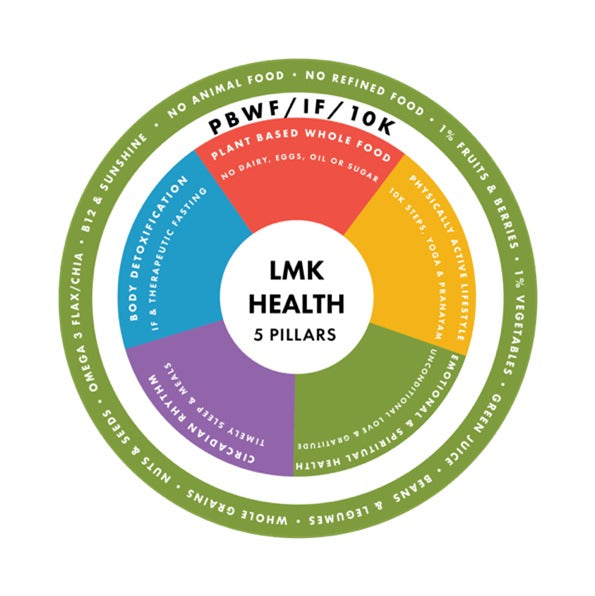January 19, 2025, 1:29 PM IST Lalit Kapoor in FIVE PILLARS OF HEALTH: A Blueprint for Wellbeing, Health, TOI
Cardiovascular diseases (CVD) are the leading cause of death worldwide, claiming over 18 million lives annually. The term encompasses various conditions affecting the heart and vascular system, including:
1. Hypertension
2. Coronary Artery Disease (Heart Disease).
3. Congestive Heart Failure
4. Stroke
5. Peripheral Artery Disease
6. Arrhythmia
7. Cardiac Arrest
8. Congenital Heart Disease (CHD)
Except for congenital heart disease, most of these conditions result from diet and lifestyle factors. The first five are caused by plaque buildup in blood vessel walls through a process called atherosclerosis. Arrhythmia and cardiac arrest stem from malfunctioning electrical impulses.
When coronary arteries are blocked, the heart muscles receive insufficient blood, leading to coronary artery disease. If plaque ruptures and obstructs an artery, it causes a heart attack. When the heart stops beating entirely, it’s referred to as cardiac arrest.
In my earlier post on hypertension, I discussed how inflammatory foods introduced after weaning from breast milk begin to trigger atherosclerosis. Autopsies of young soldiers from the Vietnam War revealed that arterial clogging was often advanced by the age of 18.
The Endothelium: The largest organ you didn’t know about
The inner lining of blood vessels is made of endothelial cells, collectively called the endothelium. This organ, with a surface area equivalent to 6–8 tennis courts, plays a critical role in cardiovascular health.
Every second, the heart pumps blood to deliver oxygen and nutrients to the body’s cells. Endothelial cells produce nitric oxide, a gas that helps blood flow smoothly. However, plaque buildup reduces the surface area available for nitric oxide release, creating a dual problem:
Firstly, the narrowed blood vessels restrict blood flow. Secondly, the reduced nitric oxide levels increase friction, making the heart work harder. To cure this problem one needs to do two things:
1.Stop consuming inflammatory foods that damage the endothelium and contribute to atherosclerosis.
2.Increase anti-inflammatory foods, particularly those that enhance nitric oxide production.
Green leafy vegetables are rich in nitrates, which boost nitric oxide levels, smooth blood flow, and even help reverse plaque buildup. This was first demonstrated in the 1980s by Dr. Caldwell Esselstyn of the Cleveland Clinic and Dr. Dean Ornish of UCSF.
Dr. Esselstyn’s success is highlighted in the documentary Forks Over Knives. Of the 199 severely ill heart patients he treated, 198 survived for years, many of them thriving to this day. Only one patient, who did not follow the prescribed lifestyle changes, experienced a heart event.
One of Dr. Esselstyn’s notable patients is former U.S. President Bill Clinton. After undergoing a quadruple bypass in 2004 and receiving multiple stents in 2008, Clinton was advised to undergo another bypass surgery in 2010. Instead, he adopted Dr. Esselstyn’s program on Dr. Ornish’s recommendation.
Insurance coverage for lifestyle changes
Dr. Ornish has been successful in persuading Medicare and other health insurance providers to cover diet and lifestyle change programs for cardiovascular patients. His program also includes yoga and meditation, emphasizing holistic health.
Stroke & cerebrovascular diseases
Just as atherosclerosis in the heart’s arteries causes heart attacks, clogged blood vessels in the brain lead to strokes and cerebrovascular diseases. These conditions are the fifth leading cause of death in the U.S. and include:
– Stroke
– Transient Ischemic Attack
– Aneurysm
– Vascular Malfunction
Cerebrovascular diseases occur when blood flow to parts of the brain is blocked. The main culprit again is atherosclerosis. Tiny blood vessels in the brain are especially vulnerable to blockages, reducing or halting blood supply and causing brain cell damage.
Also when a blood clot is formed or transported from other part of the body, the blood supply to that part of the brain stops, causing brain cell damage. Depending on the vessel’s size, this can result in minor strokes (often unnoticed) or major strokes, as well as vascular dementia from cumulative damage.
Research has shown that the consumption of foods, rich in nitrates, produce nitric oxide which not only help blood flow and reduce blood pressure, but also reduce clogging or atherosclerosis of blood vessels.
Green leafy vegetables and beetroots are the greatest source of nitrates in our diet. In addition, research has also shown that the presence of sodium and potassium can hinder or enhance the release of nitric oxide. Whereas Potassium increases the nitric oxide release, sodium reduces nitric oxide release. One can therefore say that the ratio of potassium to sodium in the diet can affect cardiac and mental health. In olden days we used to consume ten times as much potassium than sodium because potassium is plentiful in fruits and vegetables but sodium is not. However in the modern era we consume lot more sodium than potassium. Please watch the attached videos on the subject.
CNN: The Last Heart Attack
This was broadcast on CNN in October of 2012. This got me thinking about diet and lifestyle. https://youtu.be/gIWLdmb3SLs
Lifestyle Medicine with Drs. Tamara Horwich and Dean Ornish
Making Heart Attacks History: Caldwell Esselstyn @ Tedx Cambridge
How Not to Die From Heart Disease
To read the article on TIMES OF INDIA , click here


Share and get 15% off!
Simply share this product on one of the following social networks and you will unlock 15% off!